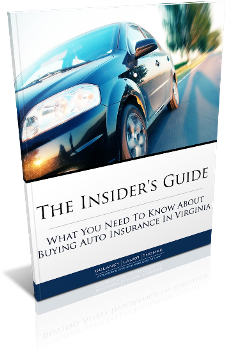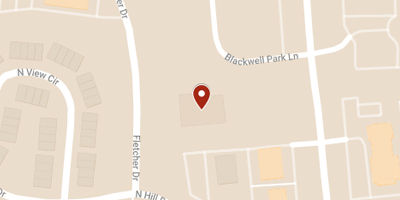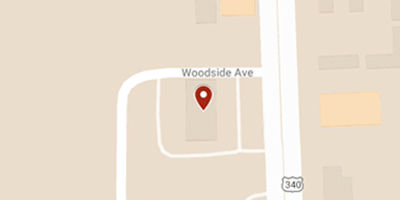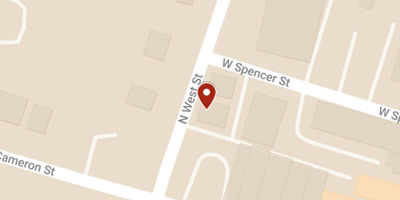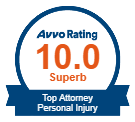You just found out you’re expecting a third child this summer. You currently have two amazing little girls, 5 1/2 and 18 months old. Your latest ultrasound showed that your next bundle of joy is boy. Although you’re ecstatic, you’re also overwhelmed.
Are you going to have to buy everything all over again? Obviously, clothing will need to be bought, but what about the crib and safety equipment? Do you need to buy yet another car seat or can you just bump the other kids up? In theory, your oldest can just use a seatbelt, your second can have her old seat, and the baby can have the infant seat you have had for almost six years.
Will that work? Will they all be safe? Obviously you’re going to have to do a lot more research over the next few months because safety is your family’s number one priority.
Are there different sizes? Which one is best for a newborn? What about a toddler?
Choosing the Perfect Seat for Your Child
The Centers for Disease Control and Prevention estimate that nearly 150,000 children under the age of 12 are injured or killed in car accidents each year. Many of these injuries can be avoided by properly restraining children in the appropriate car seat for their size.
State laws regarding use of child safety restraints vary, but all 50 states agree that safety seats should be required for infants and children based on specific criteria. According to the Governor’s Highway Safety Association, criteria requirements are based on age, weight and height. Depending on these factors, there are four different types of child restraints that can be used to secure your baby, toddler, or growing child. These include:
- Rear facing. Babies should be in rear-facing infant car seats until they are one year old and 20 pounds. If your baby weighs under 20 pounds at a year old, he should not be turned around. If your 8-month-old is over 20 pounds, she should not be turned around until she turns one. These seats come with a harness to secure your baby’s entire body, while the curvature of the seat provides cradling support. Since it is designed to face backward, sudden braking, or collisions will cause his body to be forced deeper into the padded back of the seat, rather than forward where there is no protection.
- Forward facing. Forward-facing seats are generally larger than rear-facing seats and support your baby in a more upright position. It has a five-point harness which is placed over your baby’s shoulders and legs to secure him from any forward movement during an accident.
- Booster. A booster seat is recommended for children who weigh at least 40 pounds and are taller than their car seats. A booster seat will allow your child the height needed for the proper placement of the seatbelt. You have the option of a high-back booster, which provides extra neck and back support as well as a head rest, or a backless booster, which doesn’t provide added back support but can be used in cars which already have headrests.
- Seatbelt. Your child can switch from a booster to a normal seatbelt when she is at least 4’9” (usually around eight or nine years old), or can properly wear the seatbelt so the contact points rest on her collarbone and pelvic bone without need of height assistance. The child should remain in the back seat, however, because it is the safest place in the car.
Combination seats are a cost-saving option as they convert from rear-facing to front-facing or from a five-point harness to a booster seat and grow with your child.
Restraining Your Concern While Protecting Your Child’s Future
Although the proper car seat could make the difference between life and death for your child, car accidents and the force they exert on children can be traumatizing. Make sure your family gets the treatment, support, and compensation they need to get them past this horrifying experience. Contact an experienced accident lawyer today.
We know how confusing, frustrating, and aggravating it is to deal with an insurance company while also taking care of your family. Let us help! Contact us today for a free consultation and review. Remember, your child has his entire future ahead of him, let us help ensure it’s a good one. Call now.
|
Related Links: |

